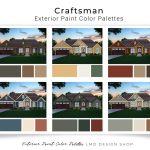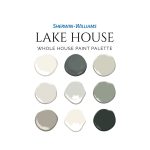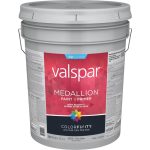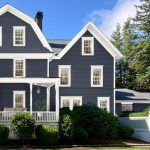Discover 3 Stunning Color Combinations For Exterior House Paint – Click Now For Inspiration!
3 Color Combinations for Exterior House Paint
Greetings, Home Lover! Are you looking to give your home a fresh new look? One of the most impactful ways to transform your home’s exterior is by choosing the right color combination for the house paint. The color scheme you select can greatly enhance your home’s curb appeal and leave a lasting impression on visitors. In this article, we will explore three stunning color combinations for exterior house paint that will make your home stand out in the neighborhood.
Introduction
Choosing the perfect color combination for your exterior house paint can be a daunting task. However, with the right guidance, you can create a visually pleasing and harmonious look for your home. In this article, we will discuss three color combinations that are popular among homeowners and provide a timeless appeal.
2 Picture Gallery: Discover 3 Stunning Color Combinations For Exterior House Paint – Click Now For Inspiration!
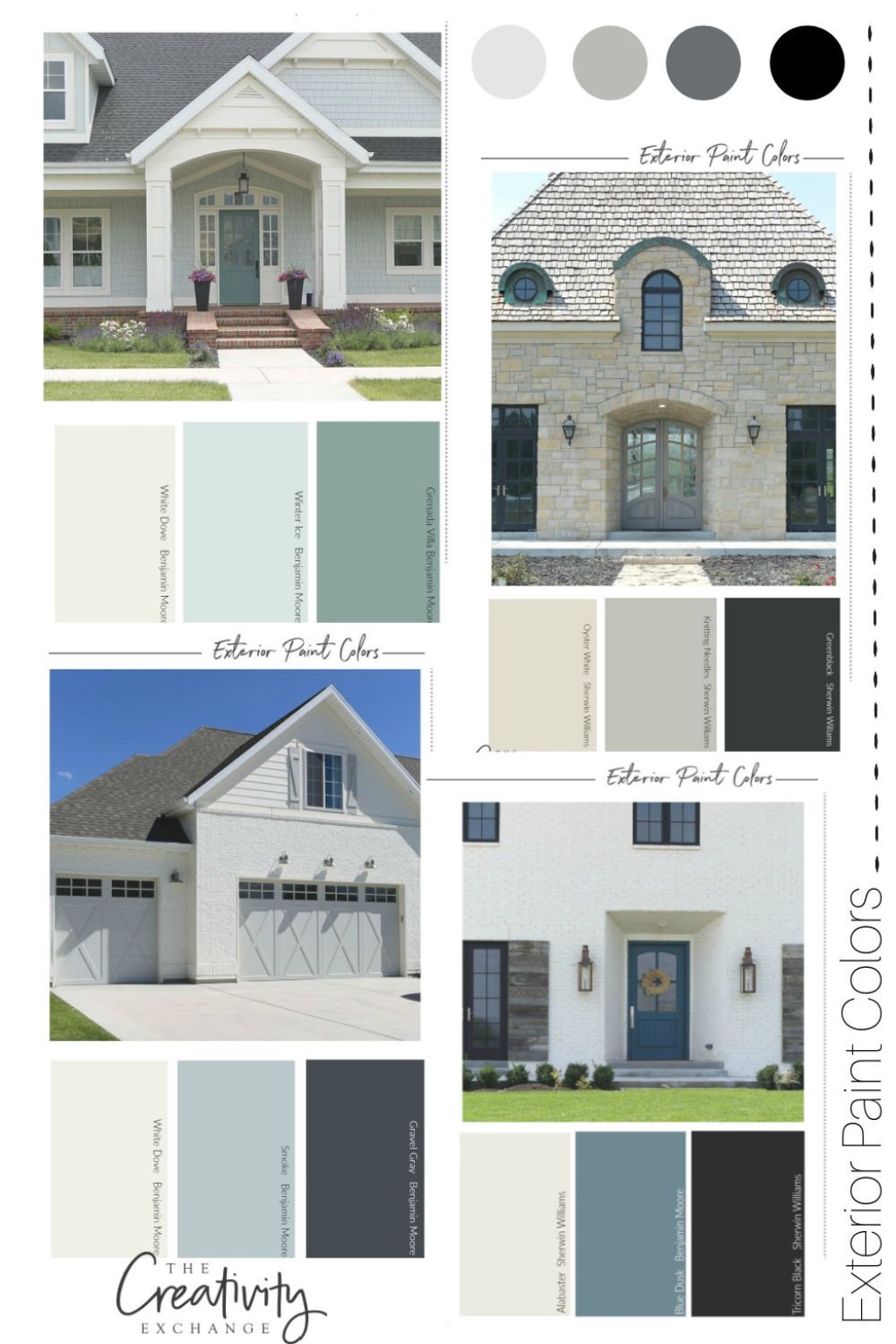

Before diving into the color combinations, it’s essential to understand the impact of colors on the overall aesthetics of your home. Colors can evoke various emotions and set the tone for your home’s exterior. With the right color combination, you can create a sense of warmth, sophistication, or even make a bold statement. Let’s explore the three color combinations that can transform your home’s exterior.
1. Classic Neutrals: Timeless Elegance
🎨 Neutral colors are a popular choice for exterior house paint due to their versatility and timeless appeal. The classic combination of white and gray is a perfect example of how neutral tones can create an elegant and sophisticated look. White can make your home appear larger and accentuate architectural details, while gray adds depth and dimension. This color combination is ideal for traditional-style homes and those who want a timeless, understated look for their exteriors.
White and Gray: The Perfect Pair

Image Source: thecreativityexchange.com
🏡 White and gray create a harmonious balance that exudes sophistication and elegance. The crispness of white against the subtle tones of gray creates a visually pleasing contrast. Additionally, this color combination allows you to play with accent colors for doors, shutters, or trim to add a pop of personality to your home’s exterior.
One of the advantages of choosing a classic neutral color combination is its universality. It complements various architectural styles and seamlessly blends with the surroundings. Whether you have a modern, colonial, or farmhouse-style home, this color combination will never go out of style.
When to Choose Classic Neutrals?
📅 Classic neutrals are an excellent choice if you prefer a timeless and elegant look for your home’s exterior. This color combination is suitable for homeowners who value longevity and want to avoid trendy color schemes that may become outdated over time. Classic neutrals are especially popular for historical homes or those located in neighborhoods with strict design guidelines.
Where to Use Classic Neutrals?
🌍 Classic neutrals can be used on the entire exterior of your home or as a base color paired with accent colors. White is commonly used for the main body of the house, while gray can be applied to the trim, shutters, and other architectural details. This combination creates a cohesive and polished look that will enhance the overall aesthetic appeal of your home.
Why Choose Classic Neutrals?

Image Source: etsystatic.com
❓ Classic neutrals offer several advantages for exterior house paint. Firstly, they provide a timeless and sophisticated look that can increase the value of your home. Secondly, neutral colors are versatile and can complement any architectural style. Lastly, classic neutrals tend to age gracefully and are less likely to look outdated compared to trendy color schemes.
How to Achieve the Classic Neutrals Look?
🔨 To achieve the classic neutrals look, start by selecting the right shades of white and gray. Consider the natural lighting conditions in your area and choose shades that will complement your surroundings. It’s also essential to carefully consider the undertones of the colors to ensure they harmonize with each other. Lastly, don’t forget to test the colors on a small area of your home’s exterior to see how they appear in different lighting conditions.
2. Vibrant Contrasts: Bold and Eye-Catching
🎨 If you’re looking to make a statement and add a pop of color to your home’s exterior, vibrant contrasts are the way to go. This color combination involves pairing complementary or contrasting colors to create a visually striking look. The combination of bold primary colors, such as blue and yellow, can add energy and personality to your home.
Blue and Yellow: A Playful Duo
🏡 Blue and yellow create a playful and vibrant color combination that can instantly grab attention. The coolness of blue against the warmth of yellow creates a dynamic contrast that adds visual interest to your home’s exterior. This combination is perfect for homes with a modern or contemporary design, as it adds an element of excitement and uniqueness.
One of the advantages of vibrant contrasts is their ability to make your home stand out in the neighborhood. The combination of bold colors creates a focal point and draws attention to architectural details. However, it’s essential to use vibrant contrasts sparingly and strategically to avoid overwhelming the overall design.
When to Choose Vibrant Contrasts?
📅 Vibrant contrasts are an excellent choice if you want your home to make a bold statement and stand out from the rest. This color combination is suitable for homeowners who have a playful and adventurous personality and want their home’s exterior to reflect their vibrant lifestyle.
Where to Use Vibrant Contrasts?
🌍 Vibrant contrasts can be used on specific architectural features, such as accent walls, front doors, or shutters, to create a focal point. Blue can be applied to the main body of the house, while yellow can be used for doors or trim. The key is to balance the bold colors with neutral tones to maintain a harmonious overall look.
Why Choose Vibrant Contrasts?
❓ Vibrant contrasts offer several advantages for exterior house paint. Firstly, they add personality and uniqueness to your home, instantly making it stand out. Secondly, vibrant contrasts can make small or plain homes appear more visually interesting and dynamic. Lastly, bold color combinations can create a sense of joy and energy, making your home a cheerful presence in the neighborhood.
How to Achieve the Vibrant Contrasts Look?
🔨 To achieve the vibrant contrasts look, start by selecting bold primary colors that complement each other. Consider the architectural style of your home and choose colors that will enhance its overall design. It’s important to strike a balance between the bold colors and neutral tones to create a visually pleasing contrast. Additionally, be mindful of the color saturation and intensity to ensure the combination remains tasteful and eye-catching.
3. Earthy Tones: Natural Beauty
🎨 If you prefer a more subdued and earthy look for your home’s exterior, earthy tones are the perfect choice. The combination of warm browns, greens, and beiges can create a natural and inviting ambiance that blends harmoniously with the surroundings.
Brown, Green, and Beige: A Serene Blend
🏡 The combination of brown, green, and beige evokes a sense of tranquility and natural beauty. These earthy tones create a warm and inviting look for your home’s exterior, making it seamlessly blend with the landscape. This color combination is ideal for homes located in nature-rich areas or those with a rustic architectural style.
One of the advantages of earthy tones is their ability to create a calming atmosphere. These colors can make your home feel more grounded and connected to nature. Additionally, earthy tones are less likely to show dirt or imperfections, making them a practical choice for busy homeowners.
When to Choose Earthy Tones?
📅 Earthy tones are an excellent choice if you want to create a natural and serene look for your home’s exterior. This color combination is suitable for homeowners who value a connection to nature and want to create a harmonious blend between their home and the surrounding environment.
Where to Use Earthy Tones?
🌍 Earthy tones can be used on the main body of the house, complemented by green for doors or shutters and beige for trim or accents. This combination creates a warm and inviting look that integrates your home with the natural landscape. Consider using natural materials, such as wood or stone, to further enhance the earthy aesthetic.
Why Choose Earthy Tones?
❓ Earthy tones offer several advantages for exterior house paint. Firstly, they create a sense of serenity and invite a connection with nature. Secondly, earthy colors age gracefully and are less likely to look outdated over time. Lastly, these tones can make your home appear more welcoming and harmonious with the surroundings, creating a peaceful sanctuary.
How to Achieve the Earthy Tones Look?
🔨 To achieve the earthy tones look, start by selecting warm browns, greens, and beiges that complement each other. Consider the natural landscape around your home and choose colors that will harmonize with the surroundings. It’s important to strike a balance between the different tones to create a cohesive and inviting look. Additionally, consider adding natural elements, such as plants or landscaping, to further enhance the earthy aesthetic.
Advantages and Disadvantages of Different Color Combinations
Advantages of Classic Neutrals:
1. Timeless and elegant look that never goes out of style.
2. Versatility and compatibility with various architectural styles.
3. Increased home value and curb appeal.
4. Universally pleasing and non-offensive to potential buyers.
5. Can be easily updated with accent colors for a fresh look.
Disadvantages of Classic Neutrals:
1. May appear too safe or traditional for those seeking a bolder look.
2. Requires careful maintenance to prevent dirt and stains from being noticeable.
3. Limited options for adding vibrant personality to the exteriors.
Advantages of Vibrant Contrasts:
1. Instantly grab attention and create a focal point.
2. Adds personality and uniqueness to your home.
3. Makes small or plain homes appear visually interesting.
4. Creates a sense of joy and energy in the neighborhood.
5. Allows for creative expression and experimentation.
Disadvantages of Vibrant Contrasts:
1. May overpower the overall design if not used strategically.
2. Can be polarizing and may not appeal to everyone’s taste.
3. Requires careful consideration of color combinations to avoid clashing.
4. May require more frequent repainting to maintain a fresh look.
5. Can be challenging to harmonize with existing neighborhood aesthetics.
Advantages of Earthy Tones:
1. Creates a natural and serene look for your home.
2. Blends harmoniously with the surrounding landscape.
3. Provides a warm and inviting ambiance.
4. Hides dirt and imperfections better than lighter colors.
5. Age gracefully and require less frequent repainting.
Disadvantages of Earthy Tones:
1. May appear too subdued for those seeking a vibrant or bold look.
2. Limited options for adding dramatic contrast or accent colors.
3. Can blend in with the surroundings and become less visually striking.
4. Requires careful consideration to prevent a monotonous appearance.
5. May not stand out in neighborhoods with predominantly bright color schemes.
Frequently Asked Questions
1. Can I use multiple color combinations for different parts of my home’s exterior?
Yes, you can! Many homeowners choose to use different color combinations for the main body, doors, shutters, and trim of their home. This allows for more creativity and adds visual interest to your home’s exterior.
2. How do I choose the right color combination for my home?
When choosing a color combination, consider factors such as the architectural style of your home, the surrounding environment, and your personal preferences. It’s also helpful to gather inspiration from magazines, online resources, or even by observing other homes in your area.
3. Should I consider the climate in my area when choosing a color combination?
Yes, it’s essential to consider the climate in your area when selecting a color combination. Lighter colors can help reflect heat in warmer climates, while darker colors can absorb heat in colder climates. Additionally, certain colors may fade more quickly in intense sunlight.
4. How often should I repaint my home’s exterior?
The frequency of repainting your home’s exterior depends on various factors such as the quality of paint used, climate conditions, and maintenance. On average, exterior paint can last anywhere from 5 to 10 years before needing a fresh coat.
5. Can I test the color combinations before committing to a full painting project?
Yes, it’s highly recommended to test the color combinations on a small area of your home’s exterior before painting the entire house. This will allow you to see how the colors appear in different lighting conditions and ensure you’re satisfied with the final result.
Conclusion
In conclusion, choosing the right color combination for your exterior house paint can transform your home’s appearance and create a lasting impression. Whether you prefer the timeless elegance of classic neutrals, the boldness of vibrant contrasts, or the natural beauty of earthy tones, there’s a color combination that will suit your style and enhance your home’s curb appeal. Remember to consider factors such as the architectural style, surrounding environment, and personal preferences when making your decision. Take
This post topic: Paint
